- Get link
- X
- Other Apps
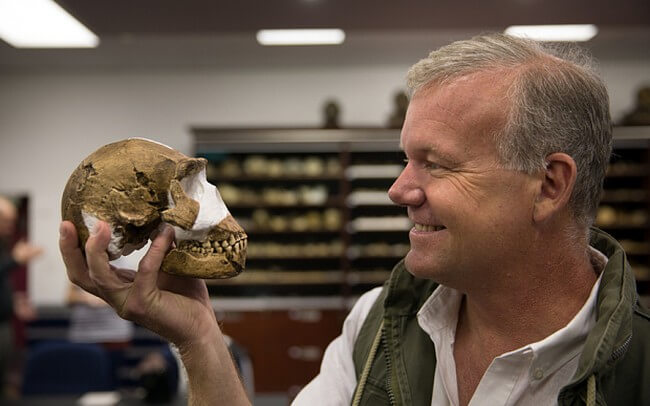
We naively believe that we know all or almost all about the evolution of a kind, called Homo in Latin, but this is far from being the case. The discoveries of recent years clearly demonstrate that we only have to find some links in the evolutionary chain in the future. The discovery of a group of scientists will force humanity to once again rewrite their textbooks, as the Australopithecus and Neanderthals will soon have to take into their family a completely new member, named after Homo Naledi.
During the excavations in one of the African caves, which are difficult to access for research, scientists came across the buried remains of fifteen human-like creatures that were unknown to science. Judging by the skeletons, they miraculously combined the features of people and Australopithecus, while being very different from them. The creatures discovered were called Homo Naledi (naledi means “star” in the local dialect). The cave in which they were discovered belongs to the Rising Star cave system, so scientists didn’t think about the name for a long time.
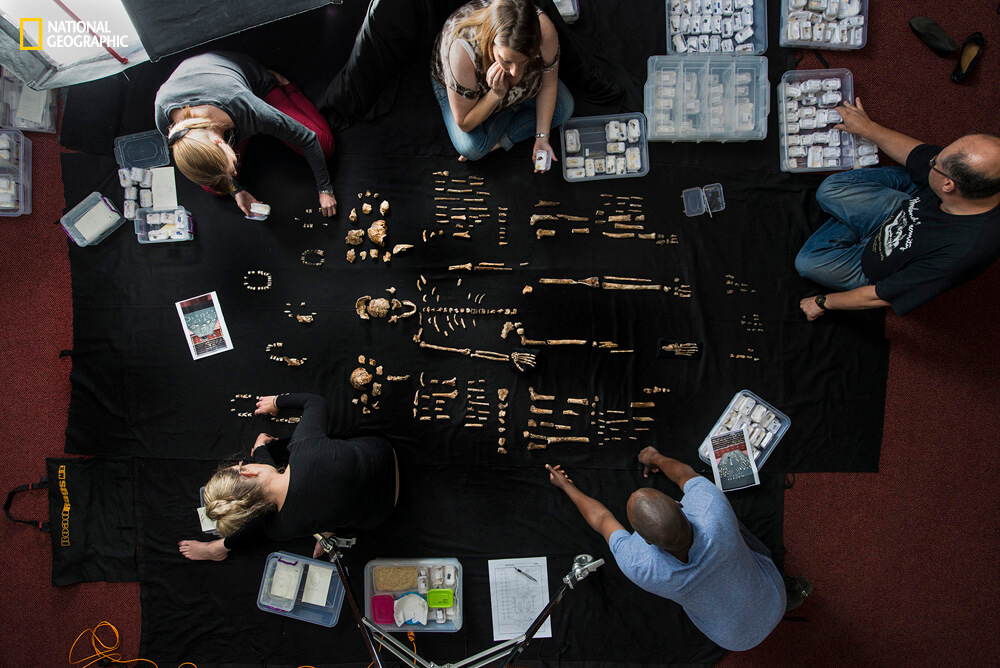
What told the researchers found the remains of our ancestors? The growth of a typical Homo Naledi was about one and a half meters, and it weighed about 45 kilograms. His skull is very small, if we compare it with Australopithecus, respectively, and the brain of Homo Naledi was smaller than that of fellow human beings. In spite of the fact that these our ancestors were already a little like monkeys, they still knew how to climb trees perfectly. Scientists came to this conclusion by carefully studying the structure of the spine and chest Homo Naledi.
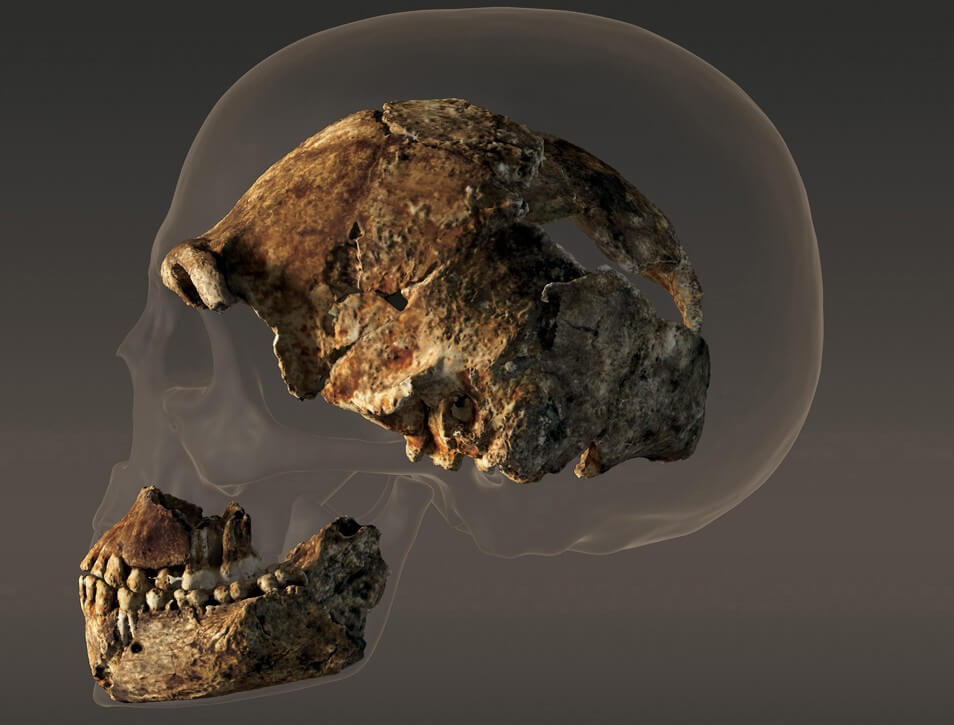
Scientists were shocked by the fact that Homo Naledi was burying their dead brethren in one place. Indeed, up to this point, it was believed that only representatives of the species Homo Sapiens are capable of this. At the same time, researchers confidently exclude variants with mass murder or any accident, as a result of which 15 creatures found by them could die in one place. According to studies, it was precisely the buried bodies that were brought into the cave one by one.
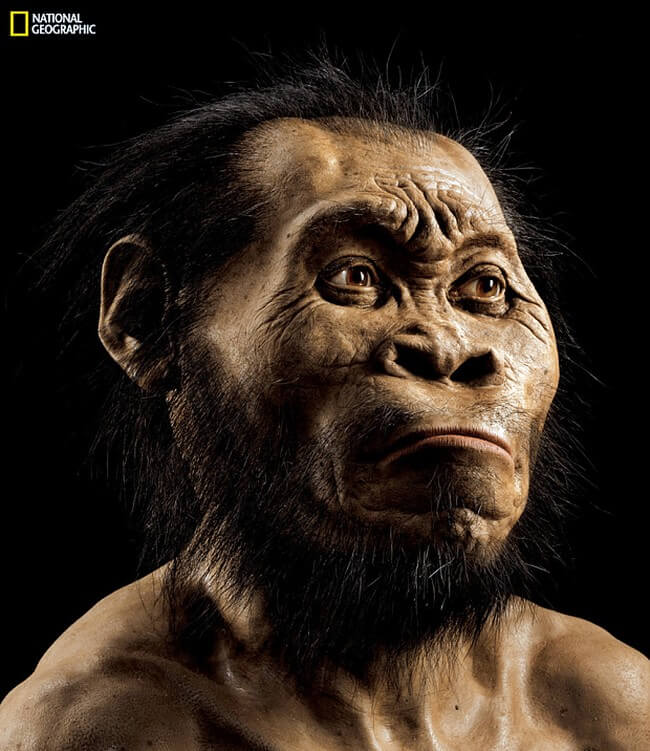
Most likely, the cave, located 50 kilometers from the city of Johannesburg, served our ancestors as something of a kind of cemetery, which struck scientists even more. In total, more than 1,550 fossilized parts of 15 different skeletons were found, among which there are adult individuals, old people and even newborn children. The cave is not fully explored, so much is still to be discovered by archaeologists.
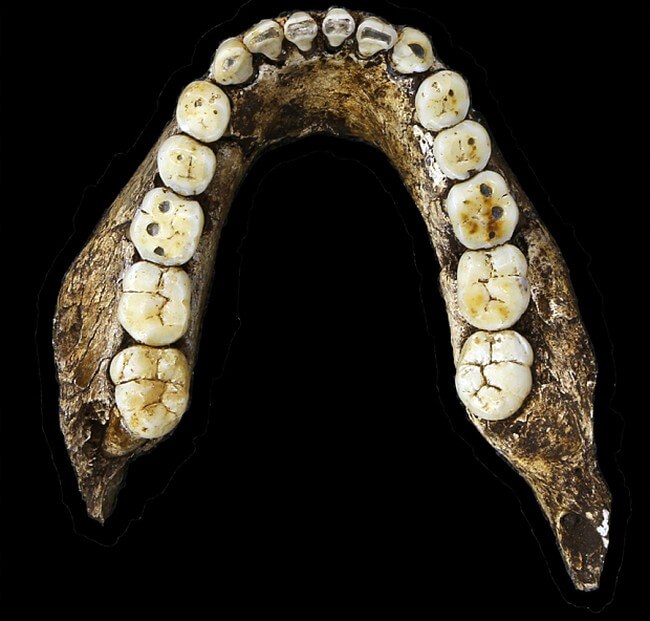
The work of scientists can not be called easy, since the room with the remains is located in the most inaccessible area of the Rising Star cave network. Scientists were forced to descend into the ground and make a path about 90 meters through dark tunnels, after which they squeeze into a crevice just 18 centimeters wide. During the 21-day expedition, sponsored by National Geographics, about 60 caves were surveyed.

The discovery was made back in 2013, but the results of the research were decided to be published only now. Over the study of the remains of Homo Naledi all this time more than 50 leading world experts have been working. At the moment, a group of scientists continues their research, while not losing hope that African caves still harbor many great discoveries for world science and history.

The article is based on materials .
- Get link
- X
- Other Apps
Comments
Post a Comment